HiSense Refrigerator Not Cooling?
Customers now use the Hisense refrigerator as one of their most beloved brands. This South African-owned brand is famous for supplying home appliances and electronics nationwide. If you actively use this appliance, you won’t be let down. However, if you have been using a HiSense refrigerator for a long time, you may start to notice a certain cooling error.
One of the most widely faced issues that customers deal with while using Hisense Refrigerator is the issue of Hisense refrigerator not cooling.
This can be frustrating over time but do not fret! We are here to solve that exact problem that you are facing. Read our article below to understand how to solve this problem of ‘Hisense refrigerators not cooling’ in the comfort of your home. Sometimes all you might need is the help of a single screwdriver.
The HiSense refrigerator does not cool due to problems with various components of the fridge, especially the condenser coils. There are multiple solutions that you can follow to tackle this problem.
To summarize, some of them generally include soft resetting the fridge, cleaning the condenser coils, fixing the evaporator, and inspecting thermistors, capacitors, or thermostats for any faulty trait. Once you identify the faulty component by checking everything in a stepwise manner, you may proceed to either fix the component or replace it.
Why is Hisense refrigerator not cooling?
Table of Contents
- 1 Why is Hisense refrigerator not cooling?
- 1.0.0.1 1. Inspect the wall outlet.
- 1.0.0.2 2. Ensure that the refrigerator door is closed
- 1.0.0.3 3. Inspect the condenser coil
- 1.0.0.4 4. Check your thermostat
- 1.0.0.5 5. Examine the start capacitor
- 1.0.0.6 6. Inspect the thermistor
- 1.0.0.7 7. Inspect the condenser fan
- 1.0.0.8 8. Examine your compressor relay
- 1.0.0.9 9. Study your Evaporator.
- 1.0.0.10 10. Assess the Evaporator Fan
- 1.0.0.11 11. Clean up the defrost drain
- 1.1 The Bottom Line:
To fix this problem, the first thing that we must tackle is to understand the reason why the Hisense refrigerator is not cooling. Most of the time, what happens is, the condenser coil is faulty or dirty.
The condenser coil is important for exchanging and maintaining the supply of cool air. Basically what it does is, it exchanges the warm air present outside for the cool air inside the fridge. In this way, the cooling process is maintained at a consistent rate but if your condenser coil is faulty, this cooling of airflow is interrupted hence the problem of the Hisense refrigerator not cooling arises.
We will describe below a series of checks and inspections that you must perform before you decide to go get your refrigerator professionally fixed as sometimes the issue is not even that large and the solution could simply just be a little push of a button away.
Follow the steps below and check them off your list if they are working properly.
1. Inspect the wall outlet.
If your Hisense refrigerator is not cooling the first thing that you must do is to disconnect the Hisense Refrigerator and check the wall outlet to make sure it is working properly.
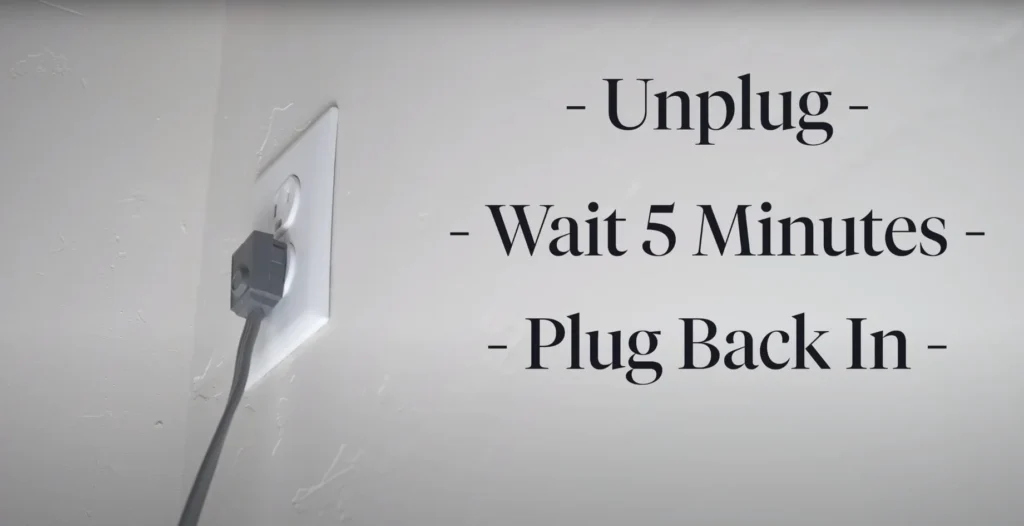
To make sure that the wall outlet is working, you must connect to another appliance instead and check how it is working.
If the appliance is working this means that the wall outlet is fine, so you may reconnect the refrigerator back after a short interval of 2 to 3 minutes. This short waiting interval is so that the refrigerator can restart itself, in the process of fixing the cooling issue.
Now in case the wall outlet is not working, it is time to open the circuit breaker box to check any faulty or broken connections.
One thing to note is that when you replug your refrigerator, make sure there is a distance of 1 inch between the back of your refrigerator and the wall to ensure adequate airflow and avoid the problem of overheating.
2. Ensure that the refrigerator door is closed
Sometimes the reason why your Hisense refrigerator is not cooling could be simply due to a silly mistake. Often the larger trays in the freezer or fridge may prevent the door from closing all the way causing cool air to escape.
This can be avoided by ensuring that the refrigerator doors and door gaskets are tightly closed and there is no leakage of cool air. If a gasket is loose and falling away, just press it using your hand and put it back into its place.
Recheck the temperature control settings
Another solution to resolve the problem of Hisense refrigerators not cooling is to check whether the temperature control settings are not disturbed or altered accidentally.
Your refrigerator may be running at a higher temperature than required which may affect its cooling and lifespan. To fix the temperature control settings, follow the HiSense refrigerator manual accordingly.
3. Inspect the condenser coil
This is the next step that you may follow to make sure that your Hisense refrigerator is cooling properly. The main function of the vent is to absorb the fresh air to cool the condenser of the fridge. The condenser coil is generally present at the front or back of the refrigerator depending on the Hisense model you own.
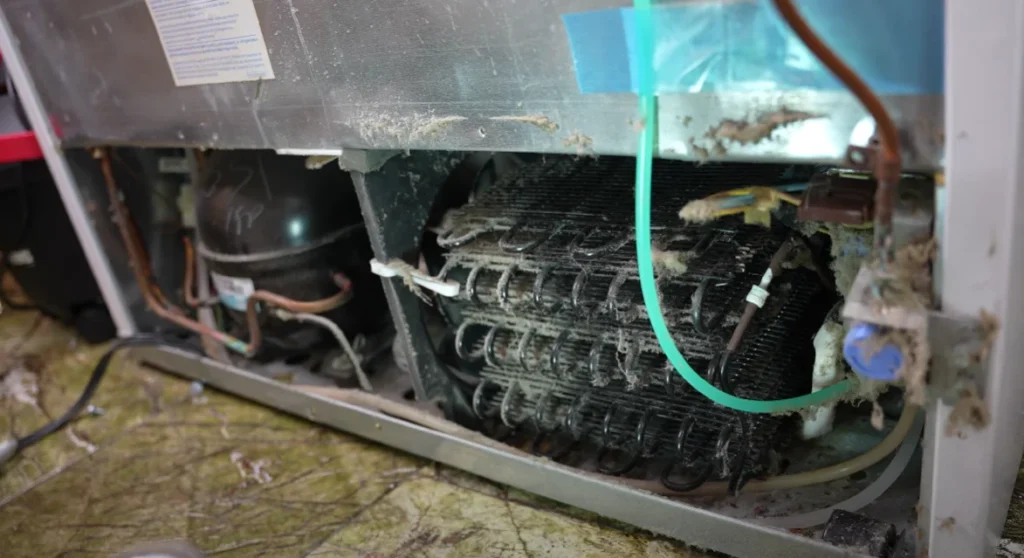
- Firstly, make sure that it is disconnected and examine the vent in case there is any blockage.
- Once you have cleared any physical blockage, unscrew the back plate of the vent and remove it
- Once you spot the condenser coil, clean it properly to remove any physical blockage.
- To clean this condenser coil, it is advised to use a vacuum cleaner or a condenser brush.
- Use the brush to clean and scrub off the unwanted debris and dirt. To remove the scrubbed dirt, use a vacuum cleaner to suck it out of the coil.
- Now reconnect your refrigerator and hopefully, your fridge will be cooling once again.
4. Check your thermostat
The temperature-controlling thermostat is important for supplying voltage to the condenser fan, evaporator fan, and other necessary components. If the thermostat is faulty, this may be why your Hisense refrigerator is not cooling.
To fix this problem, alter the thermostat by rotating it from the lowest temperature to the highest temperature. If you hear clicking sounds, this means that the thermostat is working normally.
If it’s not working right, you will want to take the help of a multimeter to test the thermostat at a continuous rate. Check for the readings, if they are unstable and incorrect, then you may want to replace them with a new thermostat.
5. Examine the start capacitor
The start capacitor supplies a certain power boost to the Hisense refrigerator’s compressor, enabling it to gain power and start up properly. If this capacitor is faulty, it will cause the compressor to slow down or not start at all.
This means that your Hisense refrigerator will not be able to cool. To check if the capacitor is working fine, use a multimeter as described above and observe the reading pattern to determine whether it requires replacement.
6. Inspect the thermistor
This component is used for overseeing the overall temperature of the refrigerator and forwarding this data to the control board system. This will allow the control board to study and distribute the power according to the evaporator fan or compressor according to the data sent by the thermistor.
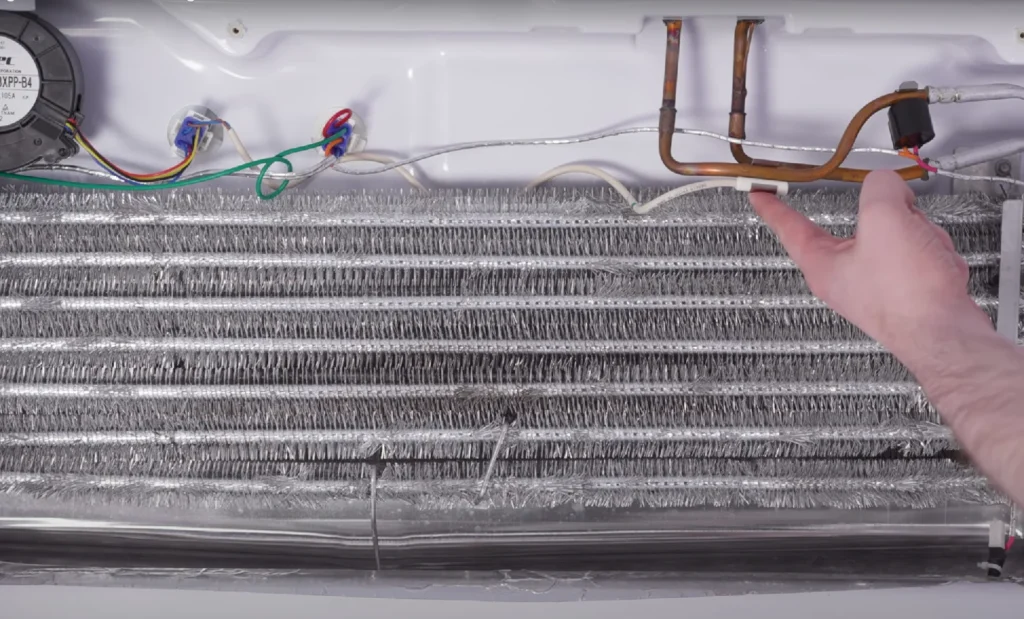
If the thermistor fails, this will ultimately lead to the failure of the evaporator and compressor leading to Hisense refrigerator not cooling. In this case, as well, use a multimeter to study the readings so that you may decide if you must replace the thermistor or not.
7. Inspect the condenser fan
This is a component present inside the vent and it is usually found between the compressor and the condenser coil. The main function of the fan is to regulate the cooling of the compressor and coils as well as circulate fresh air.
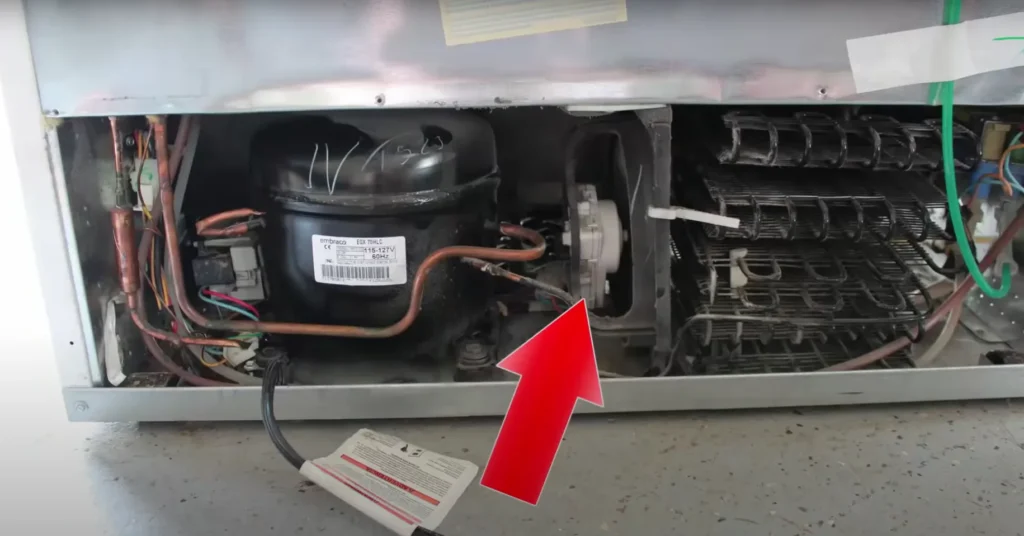
Whenever you connect and switch on your refrigerator, the condenser fan must also switch on simultaneously. If it fails to do so, then you must understand that the reason why your Hisense refrigerator is not cooling is due to a faulty fan.
To solve this, keep checking the fan routinely and get rid of any blockage or dirt. In severe cases, if there is a formation of rust, then you must get it replaced as soon as possible.
8. Examine your compressor relay
To check if your compressor relay is working properly, follow these steps:
- When the refrigerator is switched on, assess your compressor and check if it’s working
- There will be a motor present inside and if you notice a lack of buzzing sound, it may indicate that the compressor relay is faulty.
- Disconnect your fridge and reconnect it
- Now pay attention to the sound of the compressor. If you observe the compressor turning off right after it is turned on, the relay may be broken.
- Proceed to disconnect the refrigerator again and take hold of the compressor relay
- Give it a good wobble. If you hear a rattle or shaking, this means the relay is indeed broken.
- If you are still unable to identify if the relay is working or not, use a multimeter to check for readings. If there are no readings, this means that the relay is broken and you may need to get it replaced.
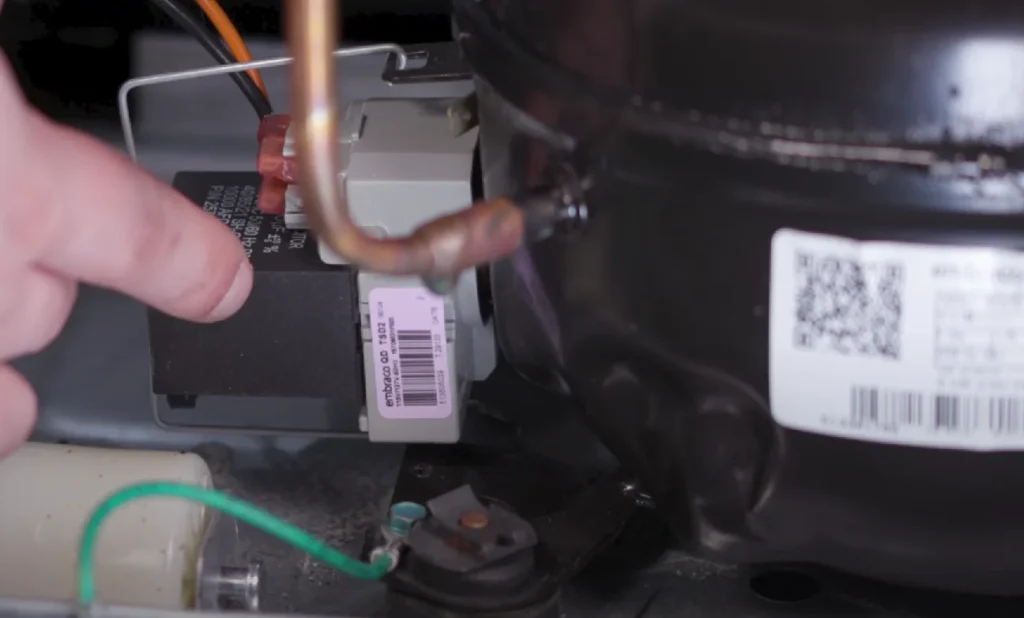
9. Study your Evaporator.
If you are still facing the ‘Hisense refrigerator not cooling’ issue, it may be time for you to hop on to your last resort! This is to study and assess the working and technicalities of your refrigerator’s evaporator.
The main function of an evaporator is to ensure and supply your fridge with a cold environment. Before we go into the solution we must first explain to you the different types of evaporators so that it is clear to you which method you must follow.
-
Single Evaporator
This, by its name, means that your refrigerator has one evaporator. These were found more commonly in older models of freezers. In this what used to happen was the fan would blow the cool air from the freezer into the other parts of a fridge through the evaporator.
If you own a single evaporator fridge, follow these steps to make sure cooling is properly followed:
- Disconnect the fridge and open your freezer
- Get rid of all the items inside and use a screwdriver to remove the evaporator panel that covers the evaporating coil that we need.
- Now study the coil for any presence of ice or snow
- If present, locate the defrost thermostat above the coils
- If the defrost thermostat is faulty, the top will be expanded. This means that you must get it replaced.
- If the defrost thermostat is fine, it is time to check the defrost heater. The function of this is to melt the ice building up on the evaporator coils.
- If the defrost heater is faulty, this is why the evaporator coils may have ice build-up
- Remove the defrost heater, not before checking its continuous reading on a multimeter. If they are not correct, you may simply get rid of the defrost heater.
-
Dual Evaporators
Nowadays, we have newer evaporators in the new models of refrigerators. These are the dual evaporators present in both the refrigerator and the freezer. Since your Hisense refrigerator is not cooling, you should inspect the evaporator in the refrigerator. Follow the steps below:
- Disconnect the fridge and open the door
- Remove all drawers and shelves inside the fridge.
- At the back of the fridge, unscrew the evaporator board
- This is the same thing as above, the defrost heater will be present below the evaporator coils.
- Make sure that any unwanted ice build-up is cleaned off and melted away. The ice usually builds up due to unwanted condensation.
- Reconnect the fridge after the ice has melted.
10. Assess the Evaporator Fan
The function of the evaporator fan is to circulate cool air around the fridge. How it does this, is, it absorbs the cool air from the evaporator coils and further transfers it to the refrigerator. To check for the validity of the right evaporator fan, you must study the sound of the fan.
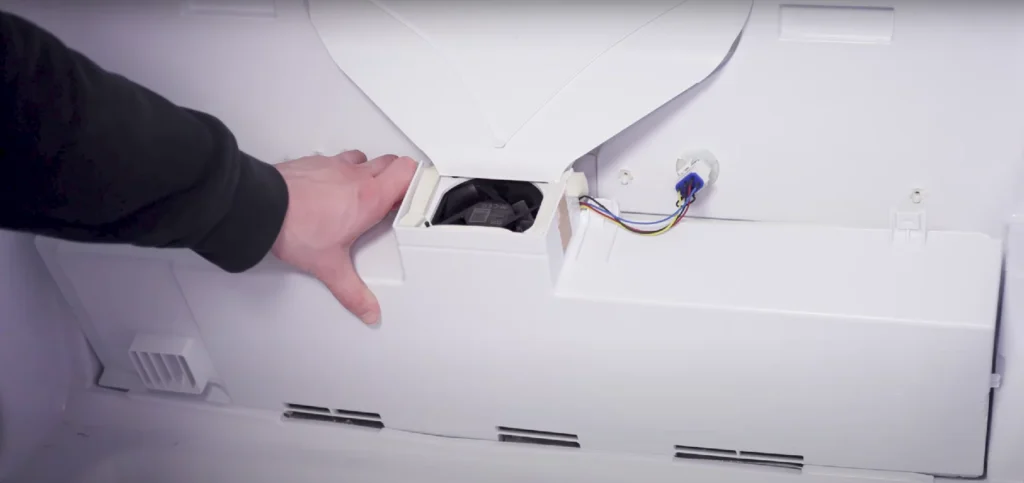
Depending on the type of evaporator, you may follow different steps for checking the fan as well.
-
Single evaporator
If you are using an older model, you might have to remove the whole system. When you have access to the fan, check if it switches on. If the power is not switched on it could be due to blockage of ice or faulty fan itself. If the door fan fails to work, you may proceed to press and hold down the button waiting for the fan to turn on.
-
For the Dual evaporator fan,
Since there are two evaporators, you must remember to study the evaporator present in the refrigerator since your Hisense refrigerator is not cooling. Start by keeping the evaporating tray open so you can observe the fan directly. Proceed by closing the doors and waiting.
Once you have waited enough time, open the doors and check if the fan has started working. We are confident that this would have worked unless the fan itself is faulty.
11. Clean up the defrost drain
Up till now, you have read that it is important to defrost the coils so that we can avoid any sort of ice build-up that may affect the Hisense refrigerator cooling efficiency.
While defrosting is also a solution, there may be a little problem that could potentially also be one of the reasons why your Hisense refrigerator is not cooling.
This happens when you defrost the ice, some of the water may collect in the drain and start to build up. This happens due to the defrost drain clogging and preventing water from passing through. The refrigerator will begin to freeze the accumulated water in the next freezing cycle when it retains water. What this does is, it will cause the defrost heater difficulty in thawing the ice effectively.
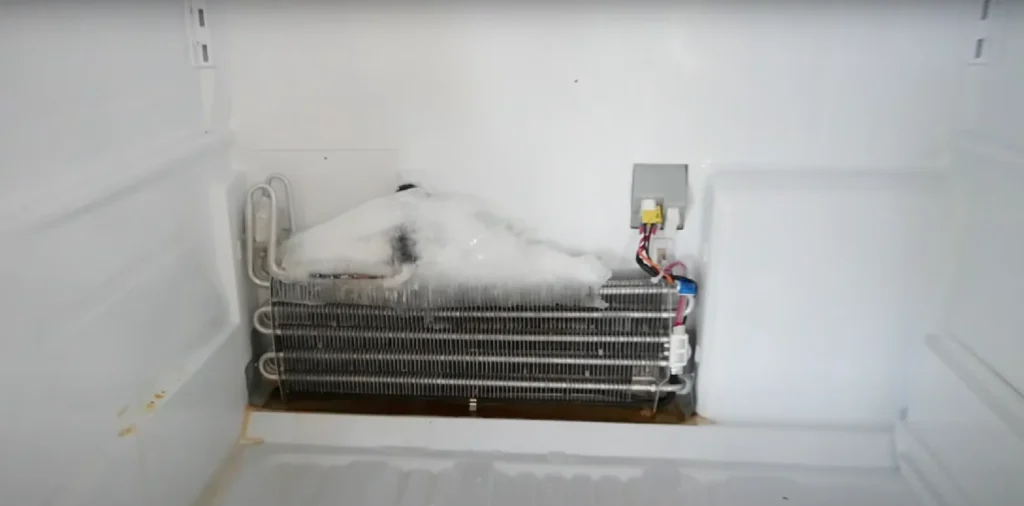
To solve this problem, we can allow the fridge to melt everything and move on to unclog the drain.
Even in this, the methods slightly differ according to the type of evaporator being used.
For example, if the refrigerator has a single evaporator, you may access the defrost drain right under the freezer below the evaporator coils.
On the other hand, if you are using a refrigerator with a dual evaporator, you can access the defrost drain under the coils itself.
Additionally, aluminum is present in the defrost heater to prevent the defrost drain from freezing, thus reducing drain clogging, as aluminum generates heat.
The Bottom Line:
We hope that you have gone through our detailed article properly and we are confident that at least one of your required solutions is present in our list above. Hope we got your time, money, and effort saved through this very article.
We would recommend that alongside our article, you also keep referring to the Hisense manual for the exact instructions according to the refrigerator model that you own. If you have discovered what component of your refrigerator is faulty you might want to get it replaced.
You simply have to open your fridge door and check the side of the fridge for a sticker containing all the information regarding your model. You may enter this model number and details on Encompass to find the working part.
In case you still continue to face the issue of ‘Hisense refrigerator not cooling’ after all the methods listed above, maybe it is time to contact the Hisense customer service help so that you can work with their support team to configure the best possible solution.

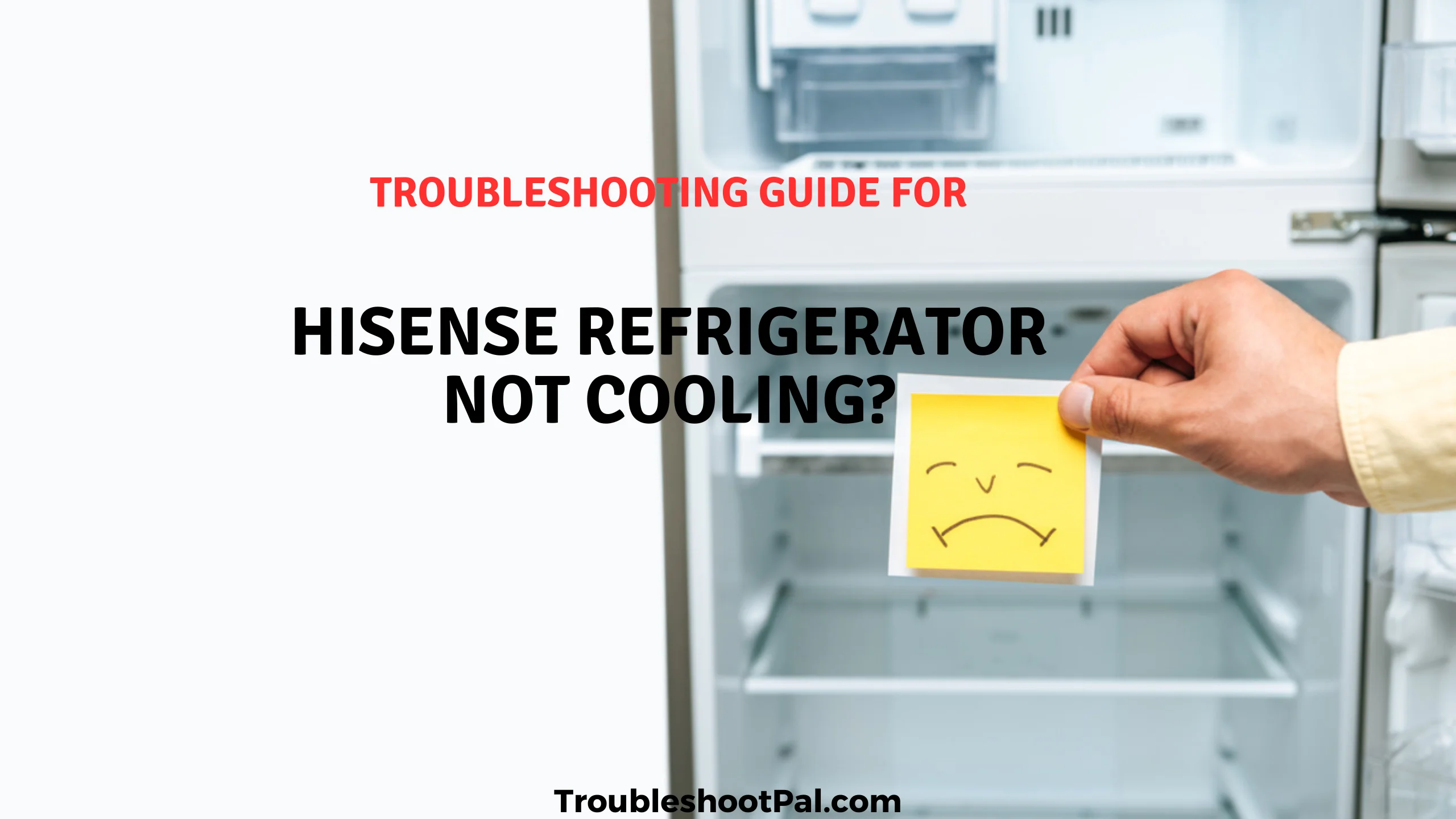
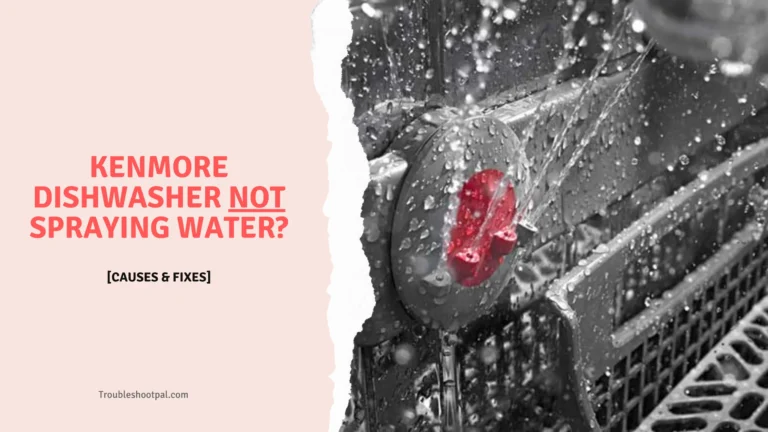
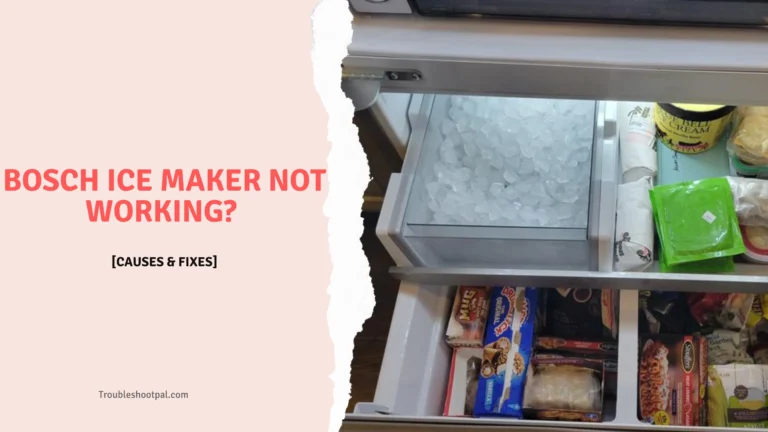
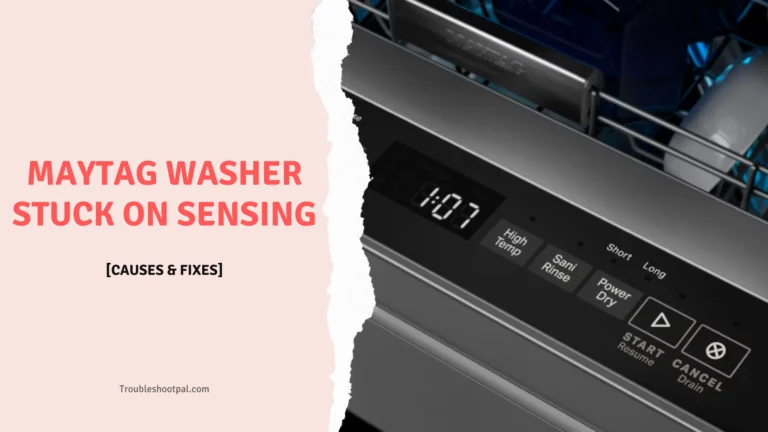
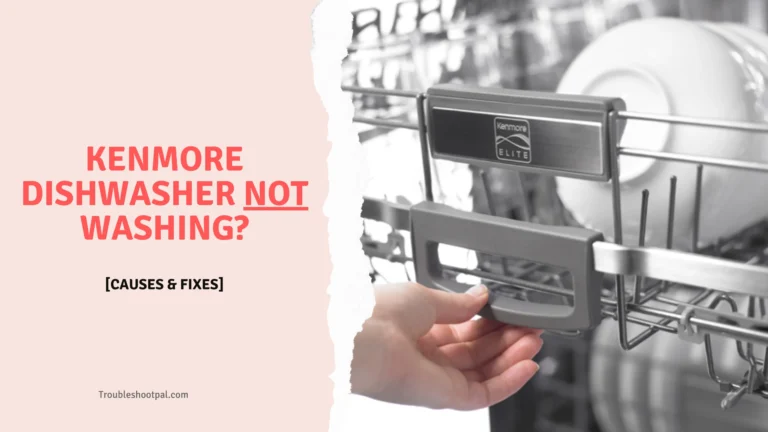
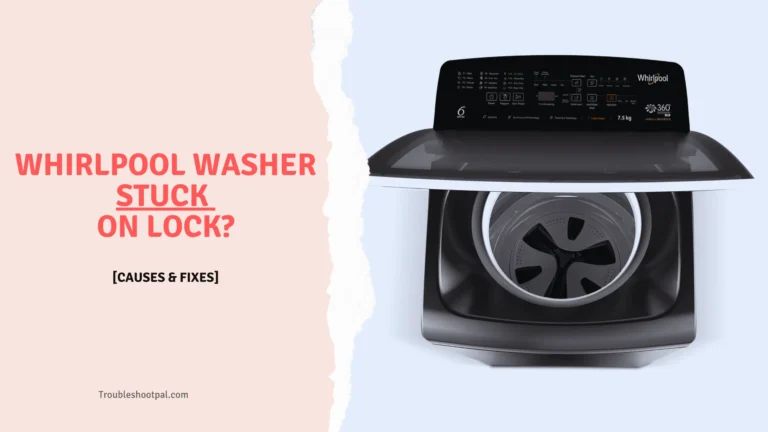
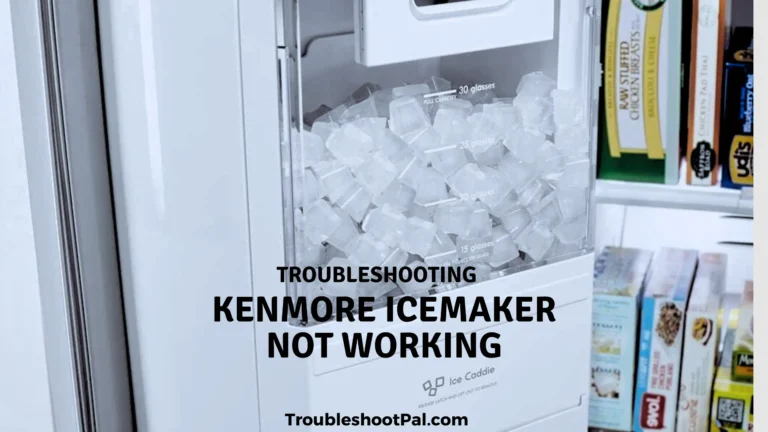
One Comment